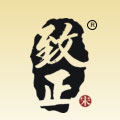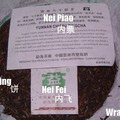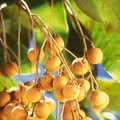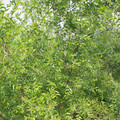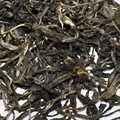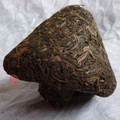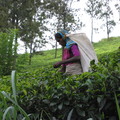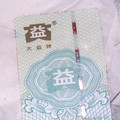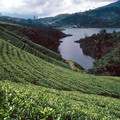 0 reviews
Added 15.09.2016 by Eternal Spring,
Tea status: [480] A
3591x
0 reviews
Added 15.09.2016 by Eternal Spring,
Tea status: [480] A
3591xCategory: Pu-erh
Country: China
Province: Yunnan
Producer: Puer Dajianshan Tea Factory, Simao
Tags: Shu - Ripe Puerh , Tea from 2005 till 2010 , Health
Description:
Almost on the verge of disappearing, Pu-erh tea paste used to be the special tribute to the Qing Dynasty imperial court. According to the Supplement to the Compendium of Materia Medica, Pu-erh tea paste is often pitch black; It is best known as antidote to drunkenness and the green paste is especially good for improving digestion and reducing phlegm.①
The ripe puerh paste is made of 2009 fermented Yunnan large leaves material. Separate the fibers from the tea infusion by special processes, and then reprocessing the liquor until it is condensed into paste. Extracting 1kg tea paste need 10kg of ripe puerh material. The reasons the tea paste is more expensive are because of more materials cost and more complex manufacturing process. Puerh tea paste looks like charcoal. Its fragrance is similar to that of combined fragrance of brown sugar, candied dates and puerh tea.
The tea liquid is deep red. Full, sweet and unique taste, great experience for lovers of ripe puerh tea!
The puerh paste instantly dissolves in water and leaves no sediment in the cup. The strength of the tea is easy to control. Steeping 1g tea paste in hot water, wait a while and 150ml special puerh tea is ready. Store in a cool dry place, keep away from direct sunlight.
① Wang Jidong, Pu-erh Tea

 Shops
Shops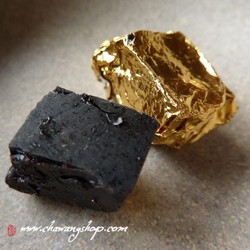




 Share on Facebook
Share on Facebook








